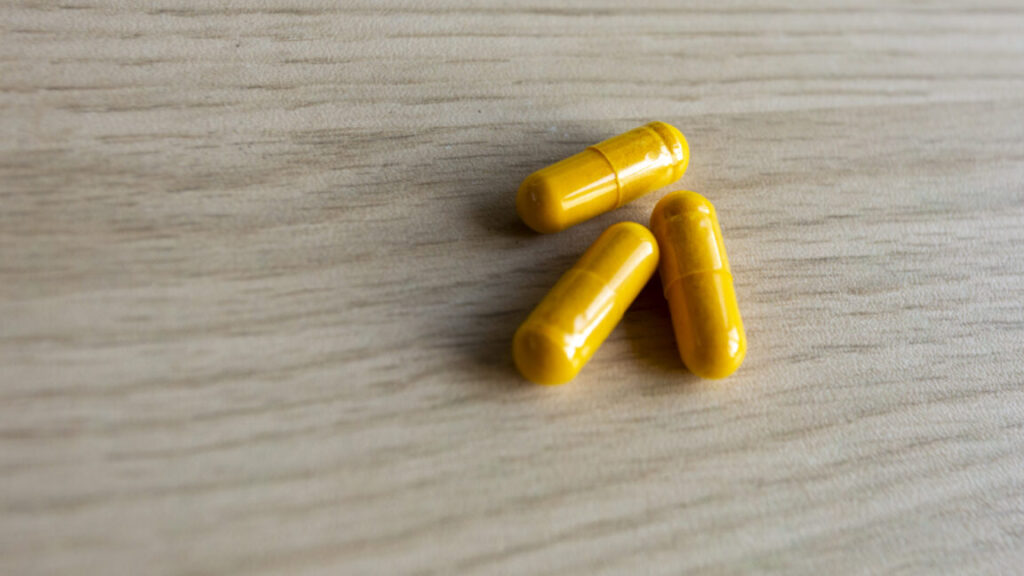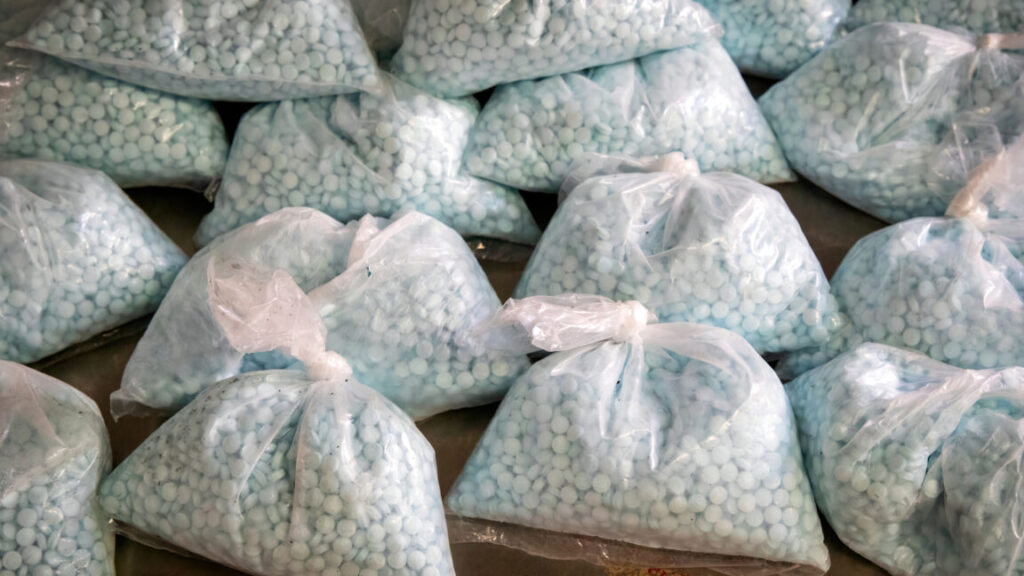Woman takes 10x dose of turmeric, gets hospitalized for liver damage
A 57-year-old woman spent six days in the hospital for severe liver damage after taking daily megadoses of the popular herbal supplement turmeric, which she had seen touted on social media, according to NBC News.
The woman, Katie Mohan, told the outlet that she had seen a doctor on Instagram suggesting it was useful against inflammation and joint pain. So, she began taking turmeric capsules at a dose of 2,250 mg per day. According to the World Health Organization, an acceptable daily dose is up to 3 mg per kilogram of weight per day—for a 150-pound (68 kg) adult, that would be about 204 mg per day. Mohan was taking more than 10 times that amount.
A few weeks later, she developed stomach pain, nausea, fatigue, and dark urine. “I just did not feel well generally,” she said.
After seeing a news report about the possibility of toxicity from turmeric, she connected her symptoms to the pills and went to urgent care. Blood tests revealed her liver enzyme levels were 60 times higher than the normal limit, suggesting liver damage. She was admitted to a local hospital and then transferred to NYU Langone in New York City. Her hepatologist there, Nikolaos Pyrsopoulos, said she was “one step before full liver damage, liver failure, requiring liver transplant.”
Rare toxicity
Generally, turmeric—a golden-colored staple of curries—is not harmful, particularly in foods. But, as herbal supplements have gained popularity and doses have gotten larger, doctors have reported a rise in liver injuries from the spice. In fact, while rare overall, turmeric appears to have become the most common herbal cause of liver injuries in the US.
Woman takes 10x dose of turmeric, gets hospitalized for liver damage Read More »

